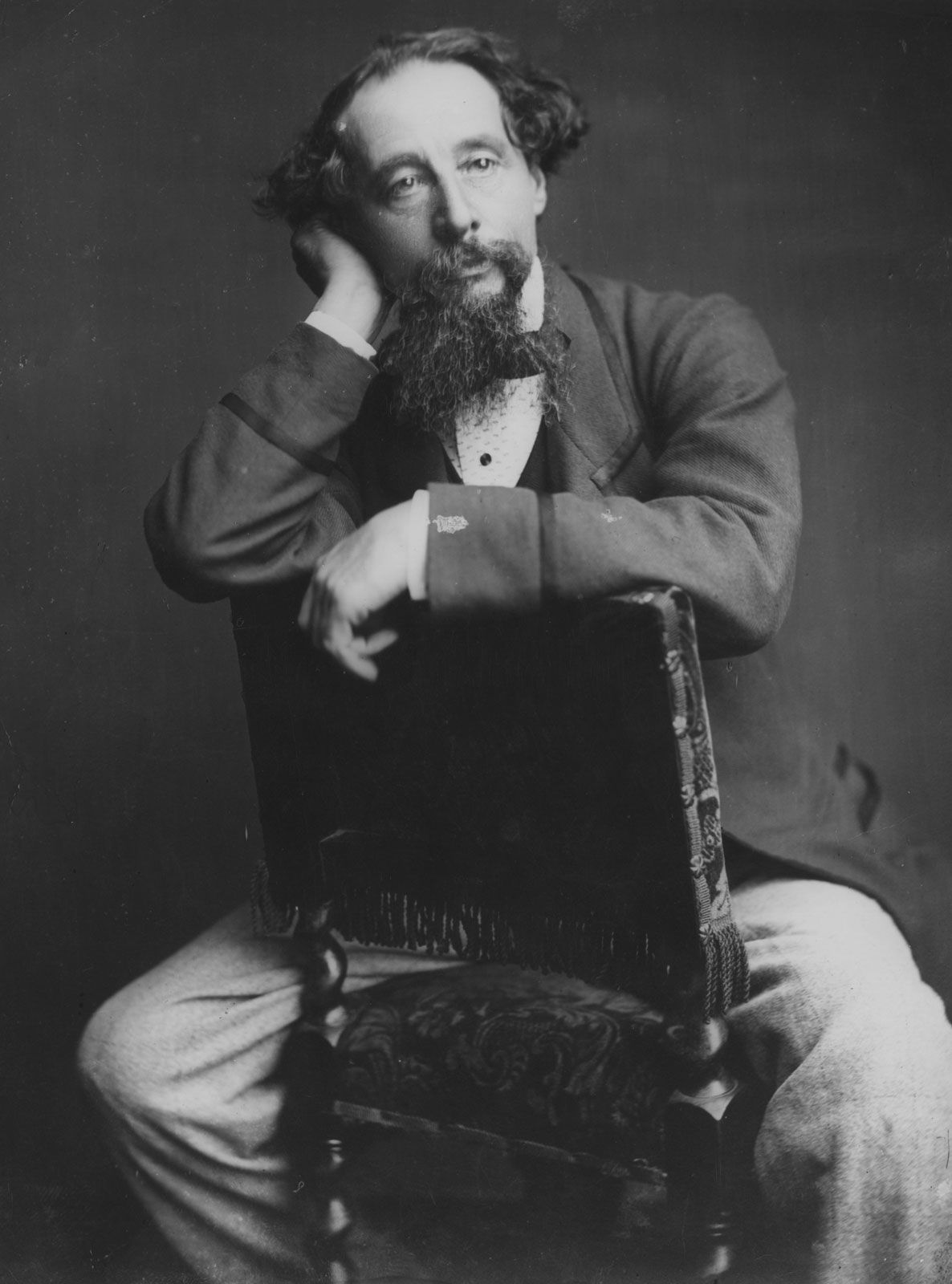
### Leonard Digges: A Trailblazer in Sixteenth-Century English Mathematics and Applied Science
Leonard Digges (circa 1515–circa 1559) often stands in the shadow of his son, Thomas Digges, who is a more recognized name in the chronicles of mathematics and astronomy. Nonetheless, Leonard was a crucial figure in sixteenth-century England, making notable advancements by presenting mathematical concepts to the public in the everyday language. His impact reached practical mathematics, surveying, navigation, and artillery, with his contributions forming a critical base for the broad spread of mathematical knowledge.
#### Early Life and Background
Leonard Digges was born approximately in 1515 into a wealthy and prominent family in Barham, Kent. His lineage featured several distinguished individuals, including his father, James Digges, and his grandfather, John Digges, both of whom held the position of High Sheriff of Kent. Leonard’s upbringing immersed him in an environment marked by affluence and influence, although he chose a path of intellectual inquiry over the traditional route of public service followed by his ancestors.
While details of Leonard’s early education are limited, it is presumed that he was a student at Oxford. A letter from his father in 1531 references funding for Leonard’s education at the university, although no clear evidence of his attendance remains. By 1537, it is noted that Leonard had entered Lincoln’s Inn, indicating some form of legal or administrative education. Unlike his predecessors, Leonard did not occupy significant county roles, but he did engage in local military and defensive initiatives, such as safeguarding the Kent coastline and supporting Sir Thomas Wyatt the Younger’s militia efforts.
Unfortunately, Leonard’s political engagements led to major complications. He participated in Wyatt’s Rebellion in 1554, a revolt by Protestant landowners opposing Queen Mary I’s intention to marry Philip of Spain. After the rebellion was quelled, Leonard faced trial for high treason, yet he avoided execution thanks to a pardon received on April 1, 1554. However, his estates were seized, and he incurred substantial fines to reclaim them, a process that remained unfinished until 1558.
#### Family and Personal Life
Leonard wed Bridget, the daughter of Thomas Wilford, a notable Kent figure, and they had no fewer than seven offspring, among them his most renowned son, Thomas Digges (circa 1546–1595). Despite experiencing political adversity, Leonard upheld a vibrant intellectual existence and established a legacy in applied mathematics that his son continued.
#### Leonard’s Career in Practical Mathematics
Leonard Digges’s current reputation is largely founded on his contributions to practical mathematics and their applicability to tangible challenges. His proficiency in geometry, navigation, and artillery was evident early in his career, as contemporary accounts highlight his ability to impress audiences during a visit to Guînes Castle in 1542, where he and other gentlemen showcased their mathematical, geometric, and artillery skills.
#### Published Works
Although Leonard authored numerous texts on mathematical subjects, only two were published during his lifetime: **A Prognostication of Right Good Effect** (1555) and **Tectonicon** (1556).
1. **A Prognostication of Right Good Effect (1555)**
Leonard Digges’s almanac, first released in 1555, represents a groundbreaking work in sixteenth-century English science. This was not merely a conventional yearly astrological almanac but a thorough guide featuring instructions on various subjects, from time and celestial measurement using devices like the quadrant and square to predicting tides and weather. This text was vital for both mariners and landholders. The almanac also contained guidelines for grafting and planting, proving beneficial to farmers.
Leonard referred to this publication as a revision of a previously existing prognostication that was lost. Throughout time, the almanac underwent revisions and was reissued, primarily by Leonard’s son Thomas. Subsequent editions, known as *A Prognostication Everlasting*, gained considerable popularity, with over thirteen editions released up to the early seventeenth century.
The 1555 edition was dedicated to Sir Edward Fiennes, Lord Clinton, a significant person who is believed to have aided Leonard during his legal troubles following Wyatt’s Rebellion. This book helped solidify Leonard Digges’s standing as an expert in the practical uses of mathematics in daily activities and made resources like star charts and tide tables accessible to a wider audience beyond just academics.
2. **Tectonicon (1556)**
**Tectonicon** was introduced in 1556, acting as a groundbreaking manual for surveyors, carpenters, masons, and architects. It offered practical guidelines for utilizing surveying tools, such as the square, the carpenter’s rule, and a cross-staff variation referred to as “the profitable staff.” It focused on rectifying commonplace mistakes made by individuals.